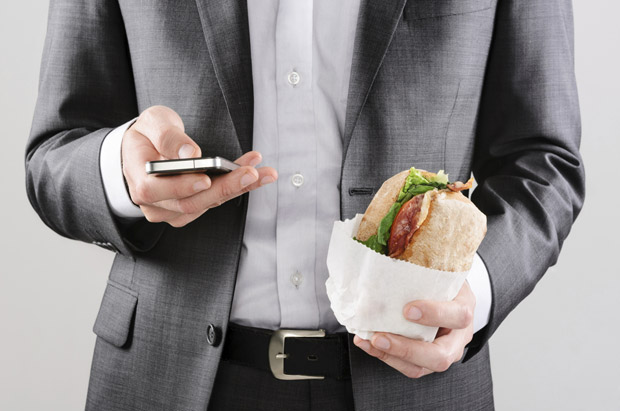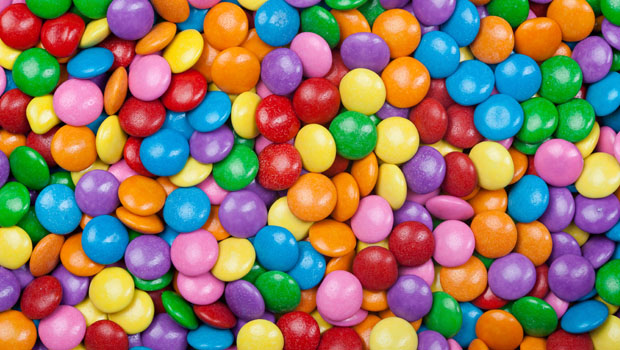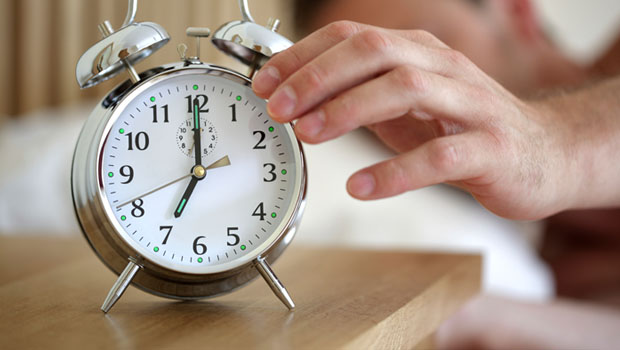Our Instinctual Sweet Tooth

A lot of people don’t know this, but a healthy mature brook trout is an example of precise caloric intake management, a true metabolic wonder. These little guys spend their lives crossing between rocks and gravelly stream beds into the current, sipping submerged insect larvae, grasshoppers, and ants, as well as the occasional confused frog or reckless mouse. Their diet is described by fish biologists as “diverse”, but it is generally weighted heavily toward proteins, free of trans fats, and lean on the carbohydrates. They achieve a remarkable balance between feeding in the current and resting to allow for digestion. And through that equilibrium of intake, energy production, and storage, the brookie grows robustly and makes more trout.
Unfortunately, humans have a harder time achieving a perfect equilibrium of caloric intake and activity, as our brains are hardwired in ways to make us consume less-than-ideal foods. I learned more about this at a panel discussion called Self-Regulation of Appetite – It’s Complicated, held at a recent Americans Diabetes Association conference. It was a six-member panel presentation focused on suppressing the hedonic value of food to achieve the trout-like balance of caloric intake and energy expenditure.
I learned a lot at this session about the science behind our cravings. The gulf between what we want to eat and what we should eat starts early, as infants are happy when given something sweet, and they grimace when they taste something sour or bitter. The grimace comes from a very old defense mechanism against harmful substances; a human’s limbic brain equates sweetness with nutrition and bitterness with poison. Humans are naturally wired to prefer sugar, but have to acquire a taste for half-sour pickles, and that is why we have the lifelong struggle to choose broccoli or spinach over apple pie with ice cream.
Afterwards, I spoke with one of the panelists, Dartmouth brain science professor Dr. Todd F. Heatherton, about this hardwiring. Dr. Heatherton spoke of the tradeoff we make in our dietary choices between short-term pleasure and long-term pain, a concept which he said features so prominently in addiction recovery literature. His resume showed research into tobacco addiction in adolescents, and so he carries some weight as a researcher about this concept. I asked Dr. Heatherton if he’d been thinking about food addiction when he’d talked about the pleasure-pain principle. In a way, he said, yeah; we’re talking about impulse control.
Later at the conference, I found a booth for Food Addicts in Recovery. I asked the woman there more about it. “Is it based on a twelve-step model?” I asked.
“Yes. Not for everyone, but there are people who need that kind of help,” she said. “The people at AA have been very helpful.”
I walked away from the conference realizing that the emerging science into obesity and overeating is taking a helpful step away from discussions of shame and willpower, and towards the heart of the matter – that of how to overcome instinctual impulses in our brain to overeat or eat the wrong things. That shift seems like it will help so many people live healthier lives, even if we never can attain the nutritional zen of the brook trout.




